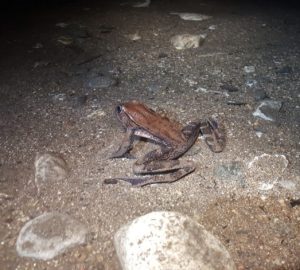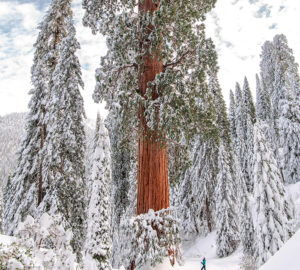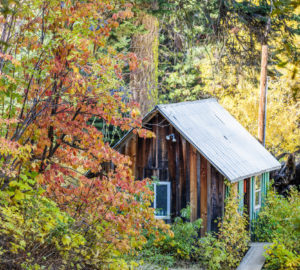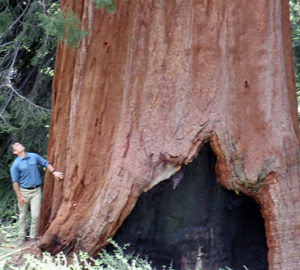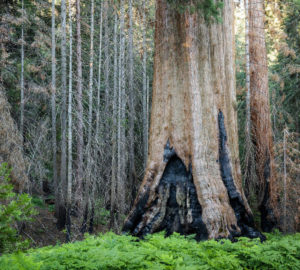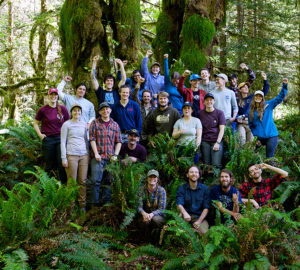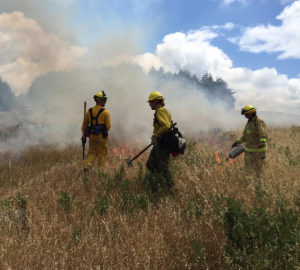Redwood Rides take off
onA new Save the Redwoods League program is coordinating free bus rides to redwood parks for organizations serving Black, Indigenous, and people of color as well as low-income communities. Redwood Rides removes the largest barrier preventing underrepresented communities from visiting …




